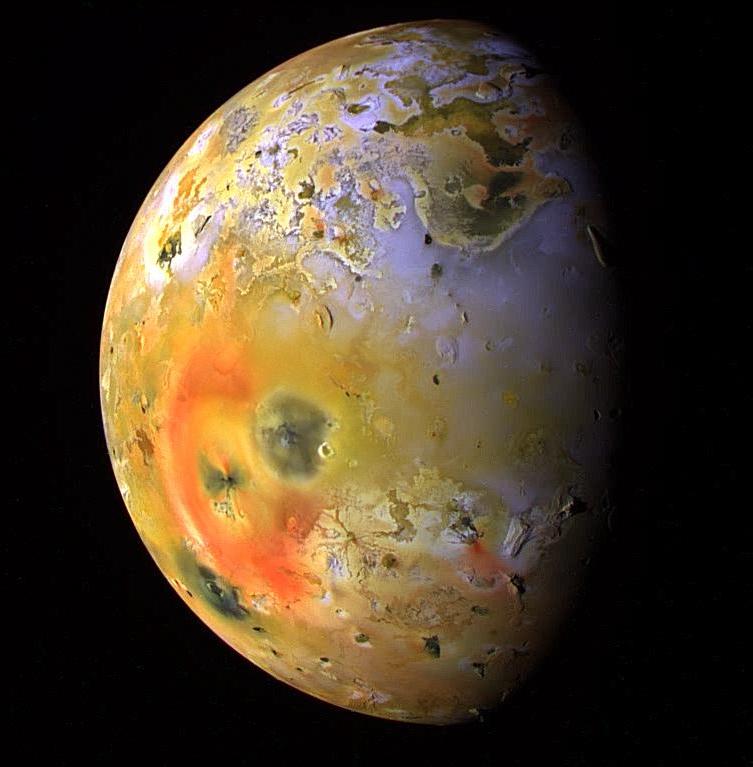Charlie's away, and foolishly he's left the keys with me and with the brilliant and unpredictable Hal Duncan while he's gone.
 I've spent part of today researching Io (the moon of Jupiter, not the chick who got turned into a cow) and it's turned out to be a peculiarly nostalgic exercise. You see, my Swedish grandfather, the plumber (and talented sketch artist), was the sort of person who (if he had been born a hundred and fifty years earlier) would have been a dedicated naturalist. And he and I spent many many hours poring over National Geographics together when I was small. (He used to argue with them in the margins.)
I've spent part of today researching Io (the moon of Jupiter, not the chick who got turned into a cow) and it's turned out to be a peculiarly nostalgic exercise. You see, my Swedish grandfather, the plumber (and talented sketch artist), was the sort of person who (if he had been born a hundred and fifty years earlier) would have been a dedicated naturalist. And he and I spent many many hours poring over National Geographics together when I was small. (He used to argue with them in the margins.)
I was born in 1971, so a little elementary math and history will tell you that this was taking place during the heyday of outer-solar-system probe exploration, with Pioneer and both Voyagers making their passes through the Jovian system At that time, those images--especially the Voyager ones--were simply stunning. Breathtaking. Revolutionary.
We had never seen anything like them before.
Heck, we were still getting used to images of our own world from space.
I remembered those images as if it were yesterday. Io's dragonskin colors, the plume of the volcano--the first active exovolcano ever witnessed--rising from its surface huge and spherical as a partially eclipsed sister moon. The false-color images, painstakingly chicken-pecked across interstellar distances and long minutes of light-speed lag by a data recording and transmission system that basically consists of an 8-track tape deck and a 160-baud modem.
 Some of the images were tapestries, panoramas pasted together from dozens of photographs, the lines visible in a manner that will now feel familiar to any user of Google Earth, where exposure or shadows had changed.
Some of the images were tapestries, panoramas pasted together from dozens of photographs, the lines visible in a manner that will now feel familiar to any user of Google Earth, where exposure or shadows had changed.
What a gorgeous, gorgeous thing we sent home from the cold out there. What a wonderful thing we found: a geologically living world, stretched and compressed by its primary's unimaginable gravity, seething with sulfur compounds and lakes of lava so vast that on Earth they would be inland seas.
Funny thing, today. I realized something.
 We have better images now. We have much better images. Galileo and New Horizons sent back some stunning pictures, and we live in the future now. We can make computer simulations of Jupiter and its moons that put you there, that turn Voyager 1 (now the furthest man-made object in the universe, having passed the termination shock and still in intermittent contact... and still using that 160-baud modem and a transistor radio to phone home) into your private touring car.
We have better images now. We have much better images. Galileo and New Horizons sent back some stunning pictures, and we live in the future now. We can make computer simulations of Jupiter and its moons that put you there, that turn Voyager 1 (now the furthest man-made object in the universe, having passed the termination shock and still in intermittent contact... and still using that 160-baud modem and a transistor radio to phone home) into your private touring car.
But every so often I find myself looking at those old photos from when I was eight years old, and aching to touch the textured dragonscale of an alien world.
Even now.
images courtesy of NASA's dedication to giving stuff away for science.
